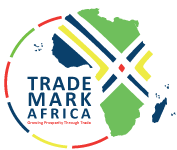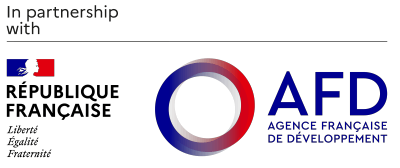IO 1.1 - Improved sustainable efficiency and capacity of transport infrastructure
Inadequate infrastructure is a key factor contributing to high transport costs, congestion and delays. Through investing in both physical infrastructure at ports and One-Stop Border Posts and soft infrastructure such as integrated border management systems, ICT for trade and training, new and existing infrastructure will be managed more efficiently. This will lead to a reduction in key trade bottlenecks, faster movement of goods through key links and nodes, and ultimately lower transport costs. Efficient logistics service provision also enhances export competitiveness and firm connectivity to markets. Through working with firms to strengthen skills capacity in the logistics sector and delivering interventions designed to increase innovation and access to technology within the sector, TMEA aims to drive greater efficiency in logistics service provision.















